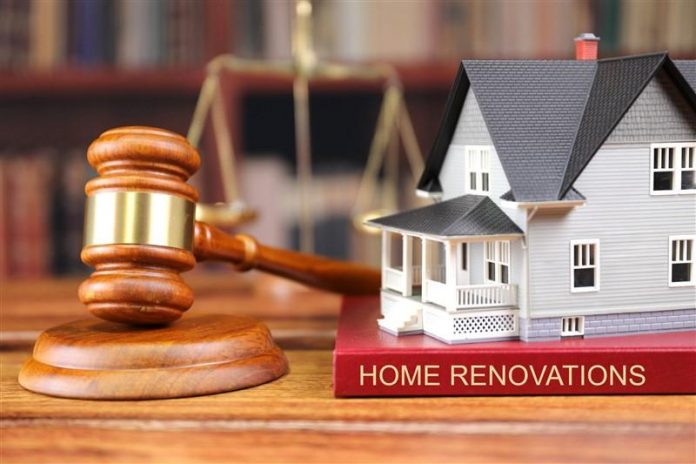Since 2008, renovations and alterations to residential properties that have been empty for at least two years are eligible for a reduced VAT rate of 5%.
Nick Cunningham of Stacks Property Search says, “Despite the fact that this benefit has been in place for well over a decade, it’s not widely talked about. With the reduced rate extending to materials and subcontractors, in these times of rapidly rising building costs, the loophole has never been more valuable.
“The onus is on the property owner to provide reliable third-party evidence to confirm the empty period. This could come from Council Tax data, Electoral Role evidence that no one was registered to vote at that address, or the Empty Property Officer who can provide a letter confirming the property hasn’t been occupied.
“If none of these routes provides you with the required evidence, information from the utility companies may support the empty status.
“It’s important that the property owner provides evidence to the contractor prior to the work starting.
“Interestingly, if the property has been empty for two years prior to work starting, the owner can move into the property after construction starts and still qualify for the reduced rate as long as the works are carried out within one year of the acquisition of the property.”
So how does this affect property buyers in the current market?
Nick Cunningham says, “It’s rare to find property for sale that has been unoccupied as a residential dwelling for two years, but they do come up. Blighted properties that have been hard to sell, or where a string of sales have fallen through after successive surveys have thrown up difficulties. More usually though a delay of this length can occur when planning permission or listed building consent is required. The backlog of applications since Covid has led to huge delays in these being granted. Turning this delay to advantage is the key.
“As a buyer, if you think there’s any chance that a property meets the necessary criteria, it’s certainly worth investigating. Even if it falls short by a month or two, it might be worth slowing down the process of starting work a little in order to meet the required timings – if the savings are significant. For instance, if you’re experiencing conveyancing delays, don’t go out of your way to speed things up!
“If you think it’s worth leaving a property vacant for a lengthy period in order to benefit from the saving, I would be cautious. The reduction of VAT may be offset by the erosion of the property, and the costs of alternative accommodation. Added to this, there’s no guarantee that this rule won’t change during the time you’re waiting for it to apply.
“As far as clarification of the rules is concerned, you should be aware that the reduction in VAT only applies to ‘renovation and alteration’. There are many costs associated with a renovation that it won’t apply to, for example, professional services such as architects and surveyors; the hire of goods; scaffolding; safety equipment; landscaping; furnishings.
“While it applies to the construction of an extension, it won’t apply to the renovation of a dormant building within the grounds of an inhabited property.
“So while the exemption may sound like a big Christmas present from HMRC, you’ll find that there are substantial costs included in projects that aren’t included.
“Before you make decisions based on the exemption, become an expert by studying the rules at: https://www.gov.uk/guidance/buildings-and-construction-vat-notice-708#section8
“Or consult a specialist solicitor who will guide you through the process.”







